
Peafowls in Yunnan
Yunnan is foremost among the Chinese provinces in its variety of animals, with the tropical forests of the south, animals-including monkeys, bears, and elephants-are found in large numbers. Some of them, such as the black snub-nosed monkey and the green peafowl, are now under state protection. This time we will talk about the peafowl in Yunnan. There are two Asiatic species peafowl which live in Yunnan, one is the blue or Indian peafowl originally of the Indian subcontinent, and another is the green peafowl originally of Southeast Asia.
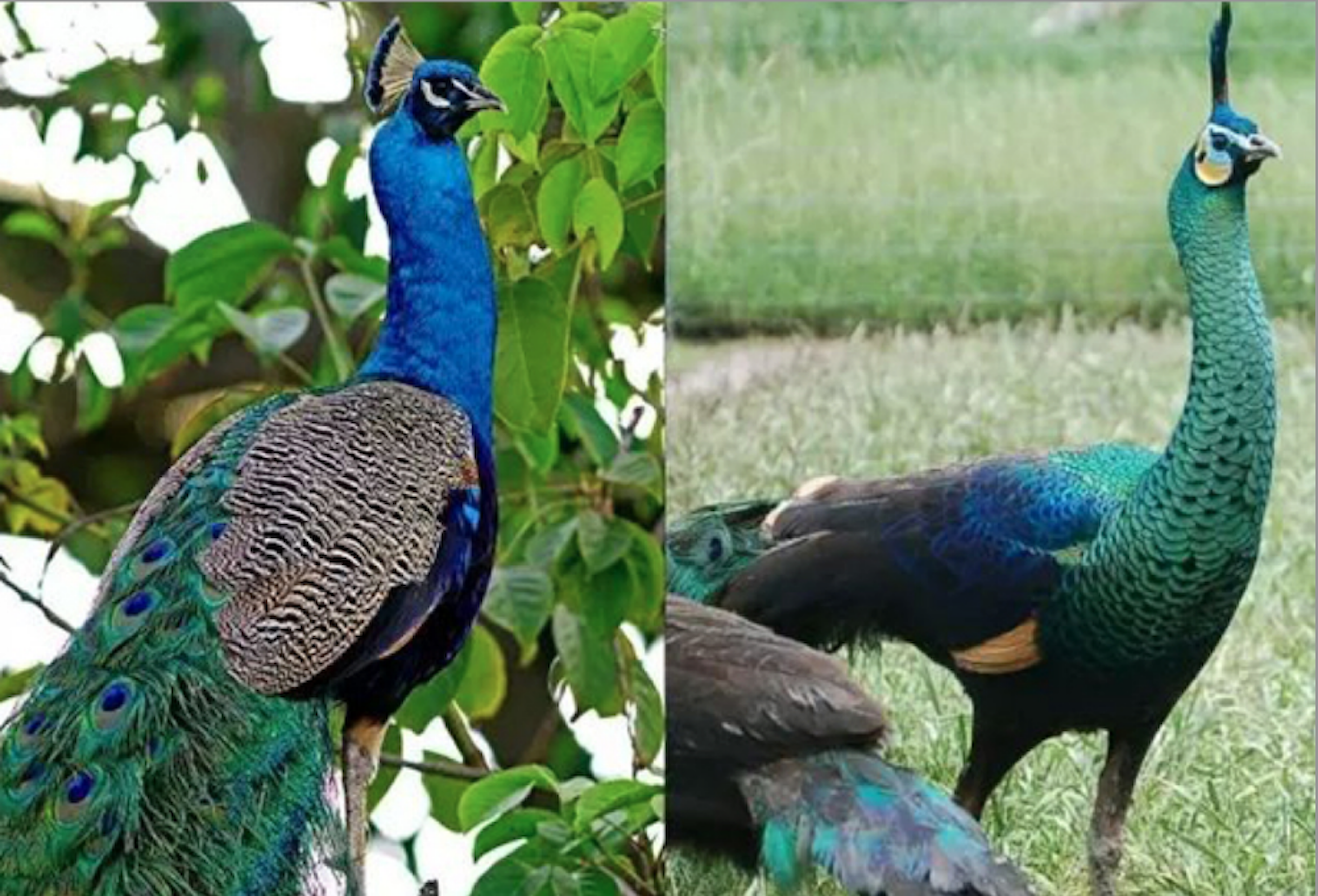
The most commonly seen peafowl in Yunnan is the blue peafowl. You can see this kind of peafowl in many places, not only be kept in zoos and scenic areas but also existing in the wild. The blue peafowl is also known as the Indian peafowl or common peafowl, which is actually originally of Indian.These animals are native to Asia but have spread to a number of countries due to their popularity as ornamental birds in gardens.
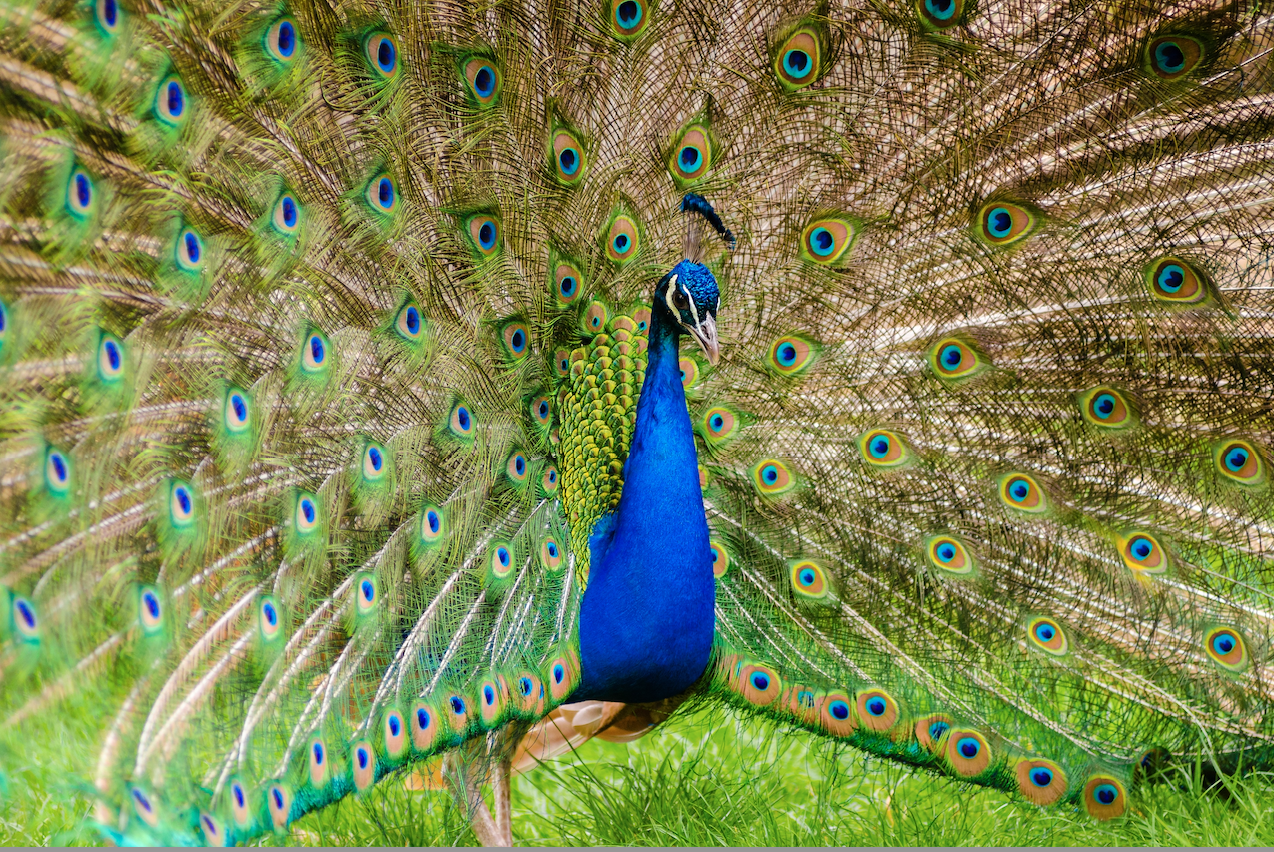
Blue Peafowl is a medium-sized bird with spectacular tail feathers. They are omnivores that will feed on a range of insects, fruit, seeds, small animals, and vegetables. Foraging takes place on the ground during the day before they seek shelter in the trees at night. The female blue peafowl (known as the peahen) is colored brown. At the base of the neck they have some metallic green feathers and the underside is white. The male peafowl (known as the peacock) has a blue neck and head. The sides of the head feature green patches. Above and below the eye is a white stripe which is just bare skin.
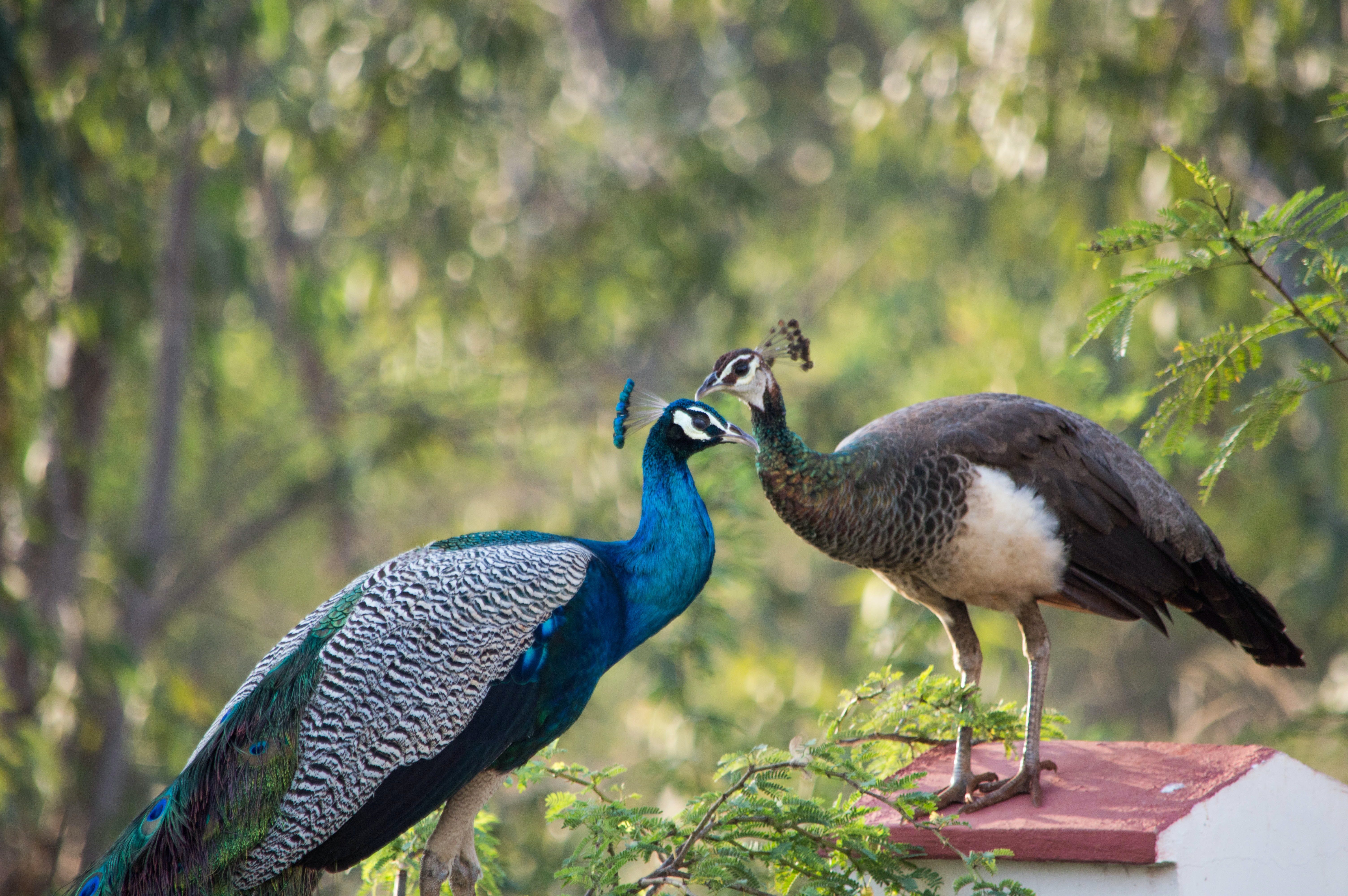
Green peafowl is generally more silent than Indian peafowl and they are larger. Among the largest living galliforms in terms of overall size, perhaps is the longest extant wild bird in total length. The green peafowl is a forest bird that nests on the ground, laying 3 to 6 eggs each time. It has been widely believed that the green peafowl is polygynous, but unlike the Indian peafowl, males are solitary and do not display in leks. Instead, the solitary males are highly territorial and form harems with no pair bonds. The green peafowl is capable of sustained flight and is often observed on the wing.
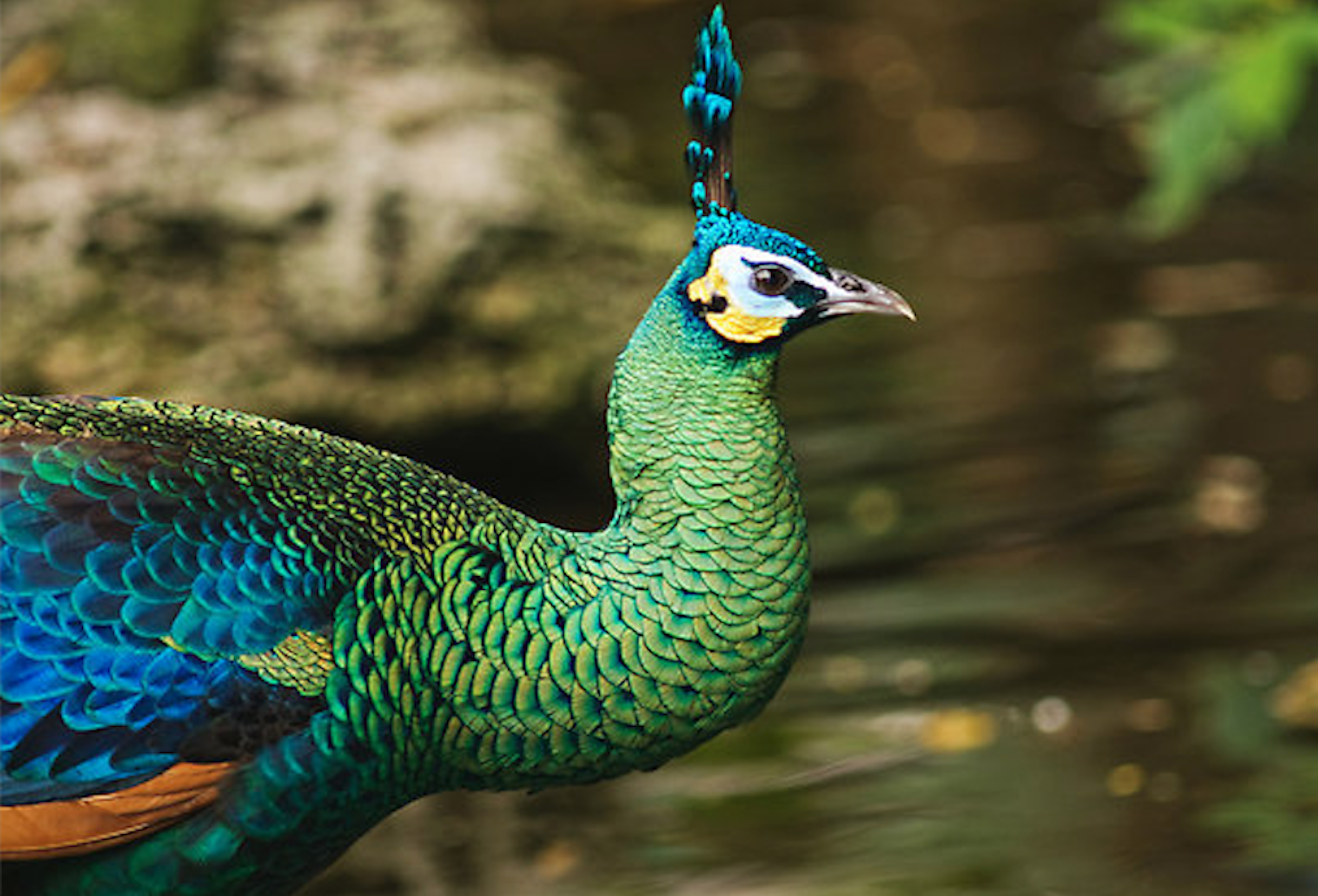
Green peafowls are found in a wide range of habitats including primary and secondary forests, both tropical and subtropical, as well as evergreen and deciduous. They may also be found amongst bamboo, on grasslands, savannas, scrub, and farmland edges. In China, the preferred habitat was found to be dry deciduous forest close to the water and away from human disturbance. Proximity to water appears to be an important factor.

Due to hunting and a reduction in extent and quality of habitat, as well as poaching, the green peafowl is evaluated as endangered on the IUCN Red List of Threatened Species. It is listed in Appendix II of CITES. The world population has declined rapidly and the species no longer occurs in many areas of its past distribution.
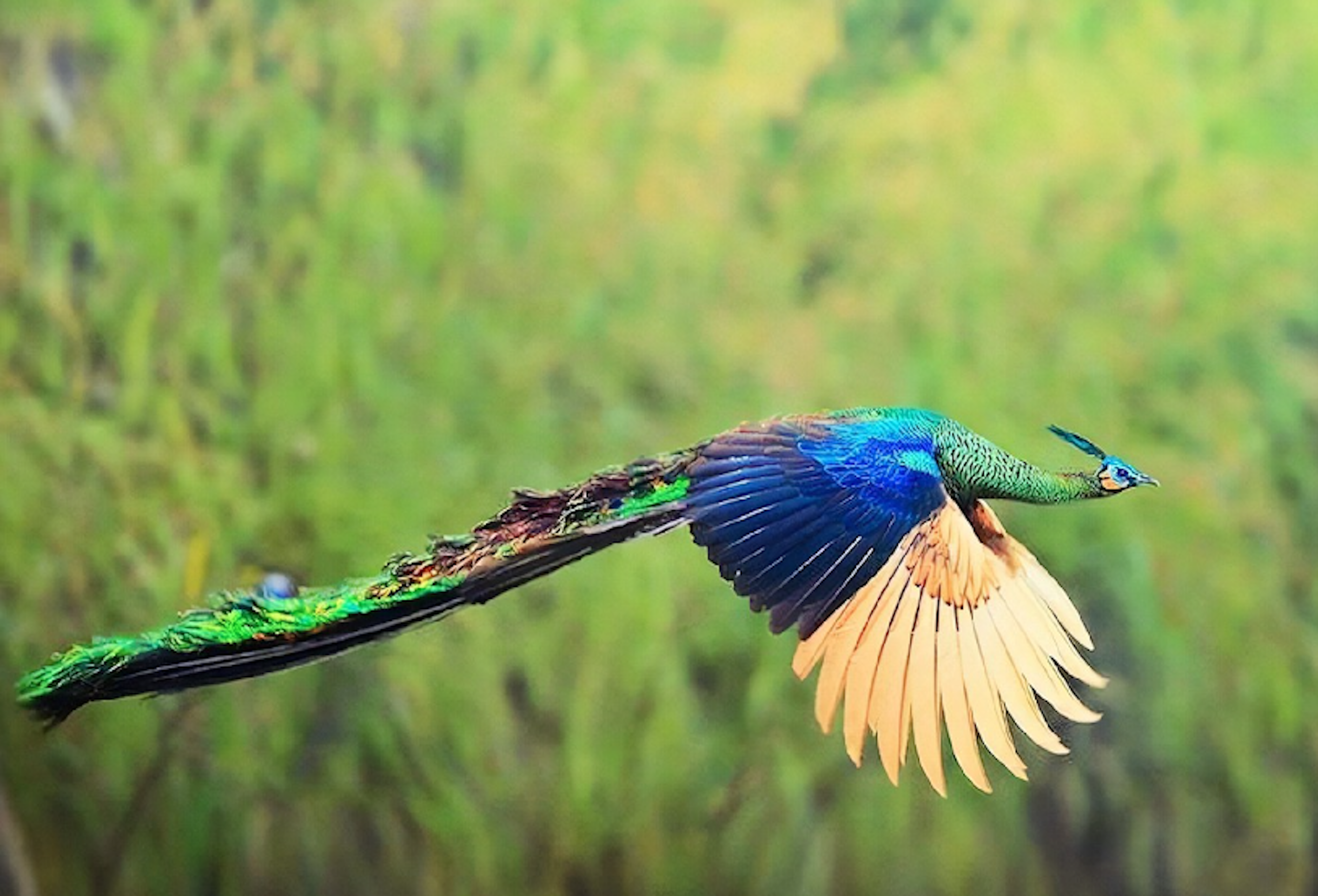
Yunnan is their last habitat in China and there are only less than 500 of the creatures left in the wild for now. Hope there will be more new nature reserves set up for these beautiful creatures, and more and more people know about the beautiful green peafowls besides the blue peafowls.
Photo Resource: Internet
If there's a copyright issue involved, please contact us to delete.



